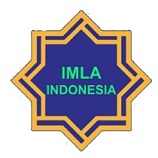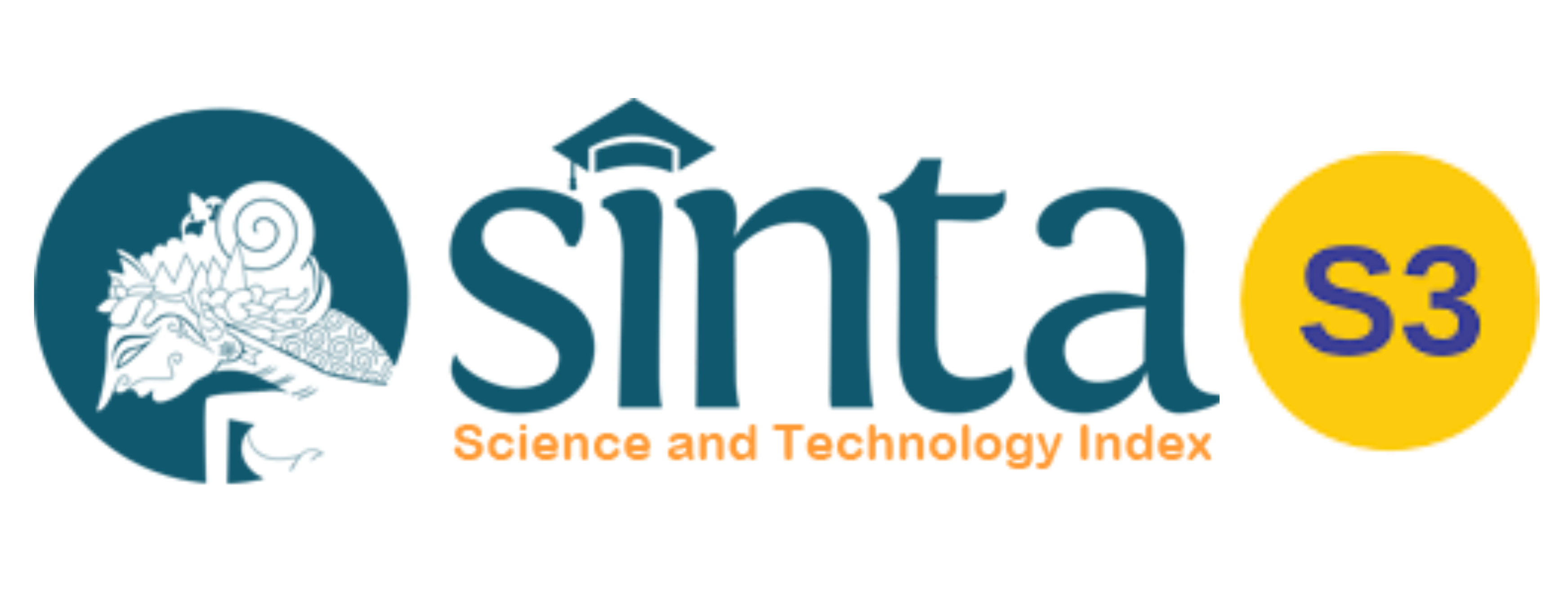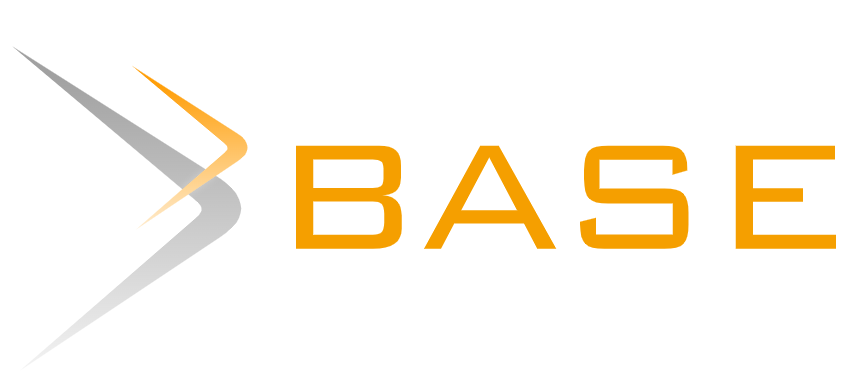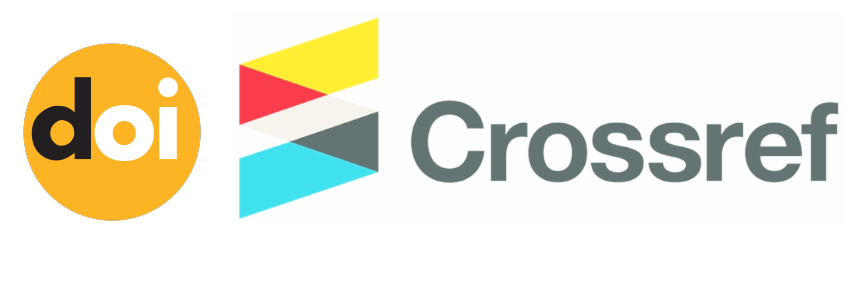THE IMAGES OF WOMEN AS PROSTITUTES IN NAJIB AL-KILANI’S AL-JAWWU BARÎD AND EMHA AINUN NADJIB’S LELAKI KE-1000 DI RANJANGKU
Abstract
Keywords
Full Text:
PDF (Bahasa Indonesia)References
Abdel-Maksoud, N., El-Safty, A., & Salem, M. (2007). Demographic and Social Characteristics of Female Sex Workers in Egypt. Egyptian Journal of Occupational Medicine, 31(2), 209-216. https://doi.org/10.21608/ejom.2007.626
Anggradinata, L. P. (2020). Model Kajian Sastra Bandingan Berperspektif Lintas Budaya (Studi Kasus Penelitian Sastra Di Asia Tenggara). Jurnal Salaka : Jurnal Bahasa, Sastra, Dan Budaya Indonesia, 2(2), 76–85. https://doi.org/10.33751/jsalaka.v2i2.2486
Cao, S. (2013). The Variation Theory of Comparative Literature. Springer Heidelberg. https://doi.org/10.1007/978-3-642-34277-6
Dewi, D., & Joni, I. (2018). Representation of Women in A Collection of Short Stories “BH” by Emha Ainun Nadjib. 3rd International Conference on Transformation in Communication (pp. 149–154). Atlantis Press.
Endraswara, S. 2011. Metodeologi Penelitian Sastra Bandingan. Bukupop.
Fujiati, D. (2016). Seksualitas Perempuan dalam Budaya Patriarkhi. Muwazah, 8(1), 26–47.
Indarto. (2015). Identifikasi Problematika Pelacuran dalam Perspektif Hukum. Humaniora, 6(30), 566–572.
Kailani, N. (2013). Al-Kabus. Alsahoh: Kairo.
Khair, R. (2020). Arketipe Ketaksadaran Tokoh Faris dan Inayah dalam Novel Lail wa Qudbhan Karya Najib Al-Kailani. Arabiyatuna : Jurnal Bahasa Arab, 4(1), 49-68. https://doi.org/10.29240/jba.v4i1.1359
Lakoff, R. (1973). Language and Woman ’ s Place. Language in Society, 2(1), 45–80.
Munir Azizah, A. N., & Kamil, S. (2022). Sastra Sebagai Representasi Problematika Kebebasan Ruang Publik: Kajian Novel Al-Karnak Karya Najib Mahfuz / Literature As A Representation Of The Problems Of Freedom In Public Space: A Study Of Najib Mahfuz’s Novel Al-Karnak. Diwan : Jurnal Bahasa Dan Sastra Arab, 8(1). https://doi.org/10.24252/diwan.v8i1.25603
Nadjib, E. A. (2016). BH (5th ed.). PT Kompas Media Nusantara: Jakarta.
Rachmawati, Iin. 2019. Dasar-Dasar Teori Cross Cultural Understanding. Bangkalan: STKIP PGRI Bangkalan Press.
Rahayu, T. (2018). Pertaubatan wanita pekerja seks komersial (PSK) di Majelis Asy-Syifa (Studi bimbingan sosio-spiritual). Al-Balagh: Jurnal Dakwah dan Komunikasi, 3(1), 27-44. https://doi.org/10.22515/balagh.v3i1.1091
Rahayu, U., & Andalas, M. I. (2020). Diskriminasi terhadap Perempuan Dalam Novel Sunyi di Dada Sumirah Karya Artie Ahmad. Jurnal Sastra Indonesia, 9(1), 11–20. https://doi.org/10.15294/jsi.v9i1.34213
Susanto, N. H. (2015). Tantangan Mewujudkan Kesetaraan Gender Dalam Budaya Patriarki. Muwazah, 7(2), 120–130.
Zidan, O. O., Alwafa, H. O. A., & Ayad, W. A. (2017). Perception and Practices of Female Sex Workers towards Sexually Transmitted Infections in Greater Cairo, Egypt. The Egyptian Journal of Community Medicine, 35(4), 35-46. doi: 10.21608/ejcm.2017.5040
Zuriyati, Z. (2012). Agresivitas Tokoh Dalam Cerpen Qalbu Imra’Atin Karya Najib Kailani. Adabiyyāt: Jurnal Bahasa Dan Sastra, 11(2), 300. https://doi.org/10.14421/ajbs.2012.11206
DOI: https://doi.org/10.20961/cmes.16.2.76643
Refbacks
- There are currently no refbacks.
Copyright (c) 2023 Center of Middle Eastern Studies (CMES)

This work is licensed under a Creative Commons Attribution-ShareAlike 4.0 International License.
| Copyright of CMES ISSN 2085-563X (print) and ISSN 2502-1044 (online) CMES Journal is licensed under a Creative Commons Attribution-ShareAlike 4.0 International License. | CMES (Center of Middle Eastern Studies) Print ISSN: 2085-563X Online ISSN: 2502-1044 Website: https://jurnal.uns.ac.id/cmes/index Email: cmes@mail.uns.ac.id Published by: Universitas Sebelas Maret Office: Department of Arabic Literature, Faculty of Cultural Science, Universitas Sebelas Maret Ir. Sutami Street, No. 36A, Surakarta, Jawa Tengah 57126 Phone: +62 822-4000-2313 |















